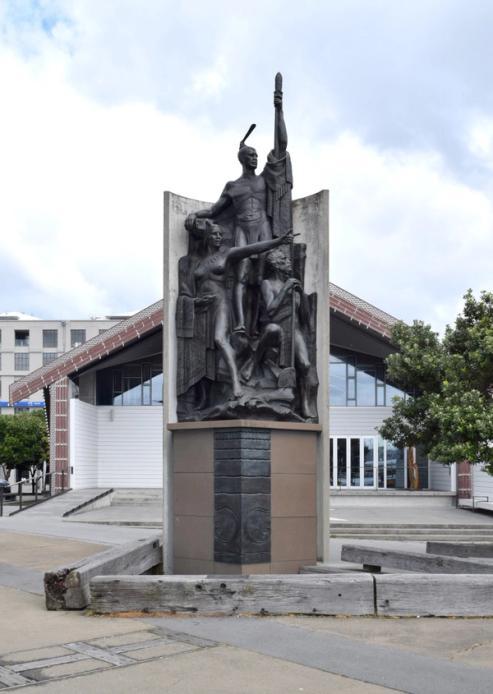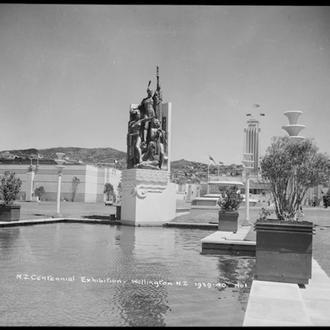William Thomas Trethewey
b. 1892d. 1956
1 Artwork
From the age of 13 William Thomas Trethewey worked as a wood carver of architectural and furniture details (finials, fireplaces and bedheads). Later, at the Canterbury College School of Art, he would study scultpure under the noted carver Frederick Gurnsey. In 1914 he also studied life modelling with Joseph Ellis in Wellington. Beyond this Trethewey was essentially self-taught, learning anatomy according methods of his own invention and the history of sculpture through reading on Bernini, Michelangelo and Rodin.
Transitioning from wood to monumental stone carving Trethewey received a number of memorial commissions after WWI including a large memorial to Canterbury's war dead, to be sited in Cathedral Square. Commissioned by George Gould the work, designed in 1933, was cast in bronze from clay models by Burton Foundry, London, in 1936.
In the second half of the century the fashion for Trethewey's style of realistic, monumental sculpture wained though he remained an active member of the Canterbury Society of Arts.
See also:

William Thomas Trethewey, ‘Kupe Group’ (1940/1999), 1 Cable Street, CBD, Te Whanganui-a-Tara Wellington
Image: Bronwyn Holloway-Smith, Public Art Heritage Aotearoa New Zealand, 2021
- Associated Artworks

